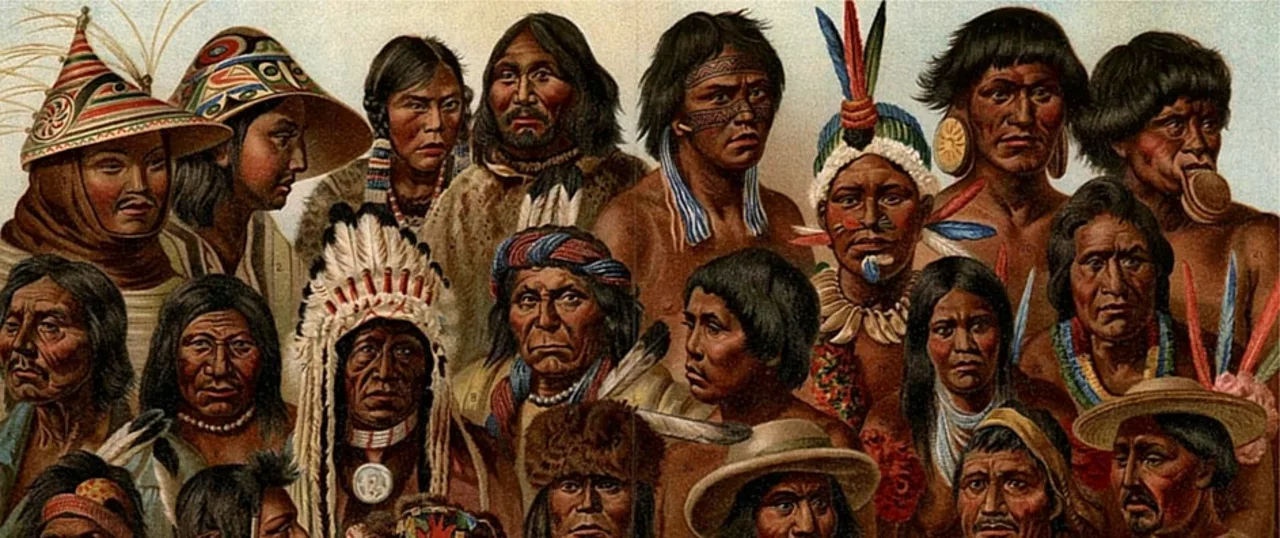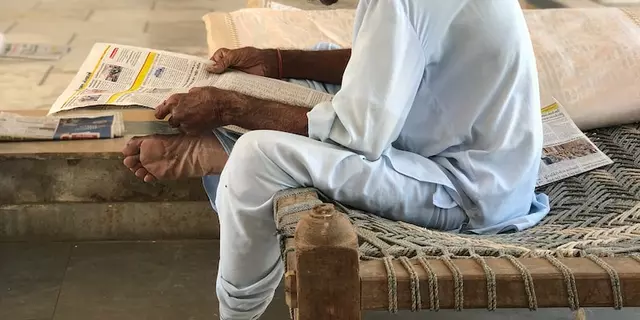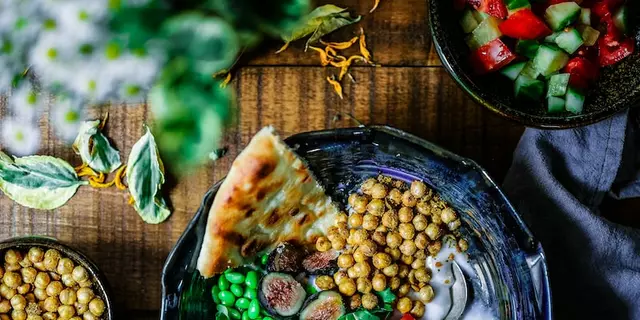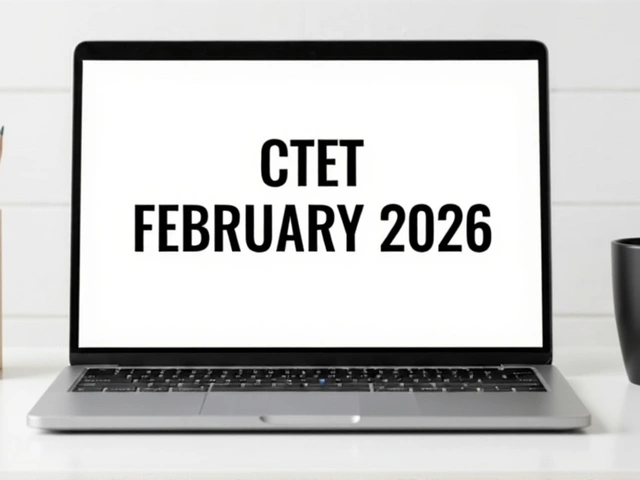Native Americans: Who they are and why it matters
Native Americans are the Indigenous peoples of what is now the United States. That phrase covers hundreds of distinct tribes and nations, each with its own language, customs, and history. People often lump them together, but thinking of one single group misses the real picture: there are Navajo, Cherokee, Lakota, Hopi and many more, plus Alaska Native and Native Hawaiian communities with different traditions.
History matters here. Long before European contact, Native nations had complex societies, trade networks, and legal systems. Colonization, forced removals, and broken treaties reshaped their lives. Today many tribes govern themselves, run schools and businesses, and protect their languages and culture while dealing with challenges like poverty and land disputes.
Quick facts you should know
First, Native American is a broad label — some prefer their tribal name or "Indigenous." Second, reservations are not the whole story: many Native people live in cities or suburbs. Third, tribal sovereignty means tribes have rights to govern their lands and people, though those rights vary by treaty and law.
Language is a big part of identity. Some languages are spoken by many people, others are endangered with only a few elders fluent. Across the US there are efforts to revive languages through schools and digital tools. Culture also changes: contemporary Native artists, athletes and leaders shape modern identity as much as traditional practices do.
How to learn, visit, or support respectfully
Want to learn more? Start with tribal sources — museums run by tribes, tribal cultural centers, and books written by Native authors. When visiting cultural sites or attending ceremonies, follow local rules: ask before taking photos, never enter sacred areas without permission, and accept that some events are closed to outsiders.
If you want to help, support Native-owned businesses, artists, and language programs. Avoid buying or promoting items that copy sacred designs or use "Indian" stereotypes. When discussing history or policy, use accurate terms and listen to Native voices. That helps reduce harm and shows real respect.
Questions about identity come up a lot. Tribal membership rules vary — some tribes use blood lineage, others use residency or community ties. So someone’s claim to Native identity is best understood through their tribal context, not a single rule for everyone.
This tag page collects articles and news related to Native American life, history, legal issues, culture and contemporary stories. If you care about accurate, respectful coverage, look for pieces that quote tribal leaders and cite tribal sources. That’s the best way to learn the real story — not the myths.
If you have a specific question — about a tribe, a treaty, or how to visit respectfully — try searching by the tribe’s name or topic. That narrows things and leads to clearer, more useful answers.

What do American Indians today look like?
American Indians today are a diverse group of people with a range of physical appearances. From traditional tribal dress to modern business attire, the modern-day Indian looks like a variety of different peoples, depending on their tribe. They have a broad range of physical features, including straight black hair, dark eyes, and high cheekbones, that often reflect their ancestral home. Additionally, the way they dress can be a mix of traditional and modern, often with vibrant colors and embroidery. All in all, American Indians today are a fascinating mix of cultures and backgrounds, with a wide range of physical appearances.
Native American Culture



